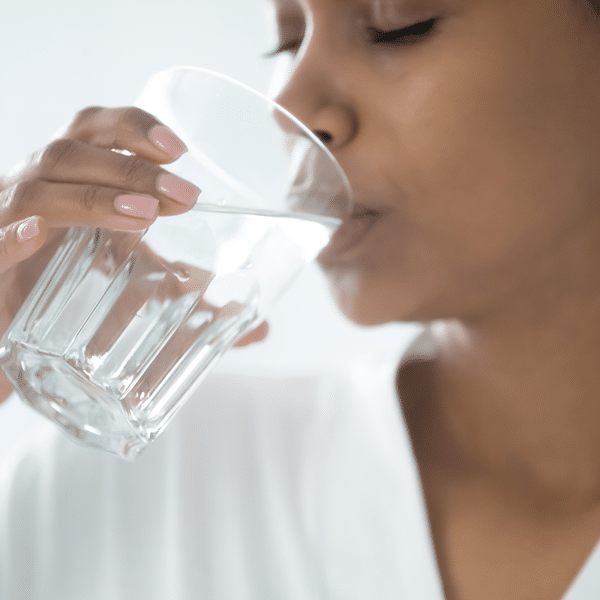
When you send out your water samples to get tested, the last thing you want is to receive a positive Legionella test result. When Legionella is detected in your potable water system, you need to act quickly to protect your facility and the people using your water for drinking, cleaning, and bathing.
Why should you trust copper-silver ionization over other modalities of remediation? In this article, we’re discussing traditional remediation methods and their disadvantages.
Heat Your Water
High water temperatures can kill Legionella bacteria, but only if the water can reach at least 160℉ for a sustained period. This solution doesn’t have a wide range of applications because it is hard to achieve in regular facilities and could cause potential burn hazards for your water users, including staff, residents, customers, or patients.
This method may seem inexpensive but comes with hidden costs from the extreme temperatures, pipe damage, and heater recovery time. It is also difficult to maintain proper temperatures over time in complex plumbing systems with sensor faucets, cross-connects, and mixing valves.
Install Filters for Quick Legionella Remediation
Micron filters can trap Legionella bacteria if they are .2 microns. Point-of-use filters can be installed directly on a sink or in-line to catch bacteria before it reaches the faucet fixture.
Filters are an effective Legionella control method, but they are expensive and can clog easily, requiring frequent replacements and attention.
Halogen-based Chemical Water Treatment
One of the most popular Legionella remediation methods is halogen-based chemical water treatment. Chlorine dioxide and chloramine are the major disinfectants used to control Legionella. However, you shouldn’t ignore the risk of using these powerful chemicals.
Halogen-based chemicals are volatile, often requiring daily testing and monitoring to control the dosage in water systems. When circulating hot water loops, high temperatures will also impact the chemical levels and create inconsistency. Even with regular testing and strict monitoring, some people are more sensitive to chemicals and changes in their environment. Certain chemicals make rubber fittings commonly found in flush valves, faucets, and some pipe connections brittle.
Use Copper-Silver Ionization to Control Legionella
Copper-Silver Ionization is one of the safest and most effective methods to treat and control Legionella in drinking water. It is recognized by the World Health Organization and the United States Environmental Protection Agency for controlling Legionella within potable water distribution networks in large-scale facilities for both long and short-term remediation.
Copper-Silver Ionization water treatment has a low human toxicity rating, which means the treated water is safe to handle and consume. The Copper-Silver Ionization water system and equipment are durable, long-lasting, and require minimal maintenance. This method also provides quick and long-term Legionella remediation when an issue occurs. The EPI team can even be on-site and resolve Legionella issues within 24-48 hours anywhere within the United States.
While the traditional methods of remediation may seem effective, they each have their downfalls. Superheating is inefficient and costly, filters clog frequently, and halogen-based chemicals are dangerous.
Want to improve your facilities’ water quality? Contact the experts at EPI for a free site assessment and learn more about the importance of choosing an affordable, safe, and simple water treatment for Legionella prevention!




